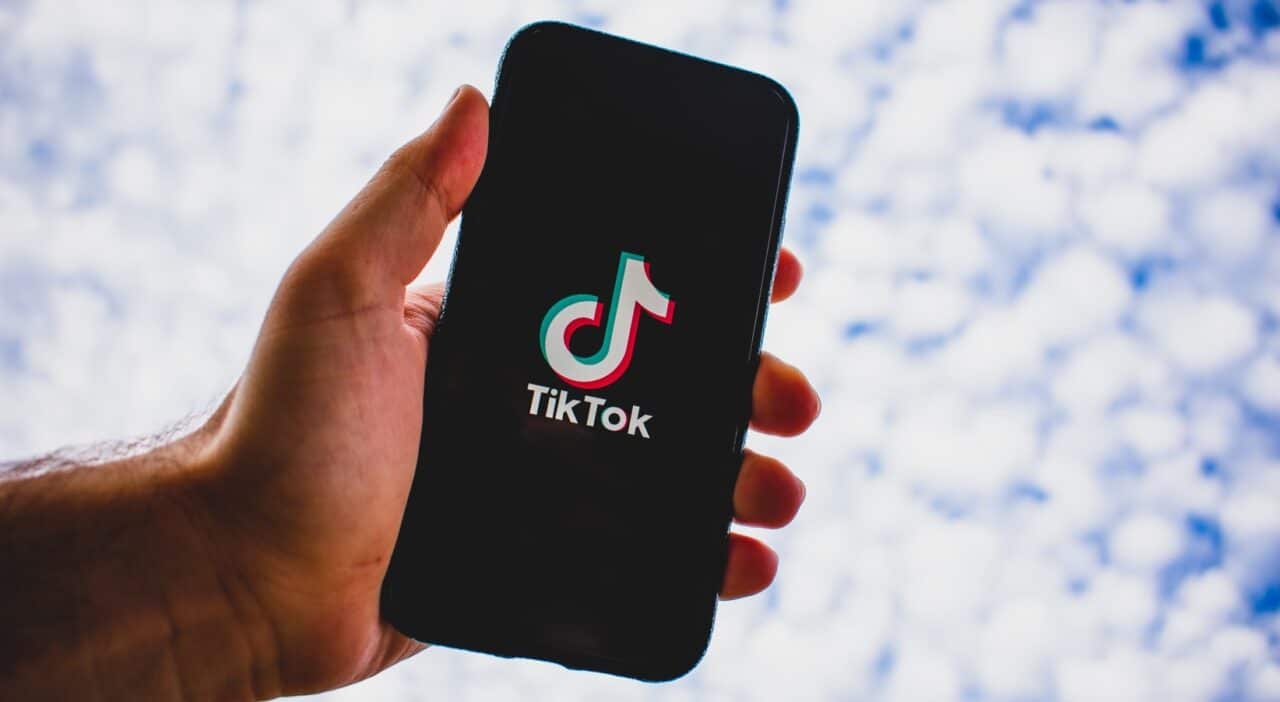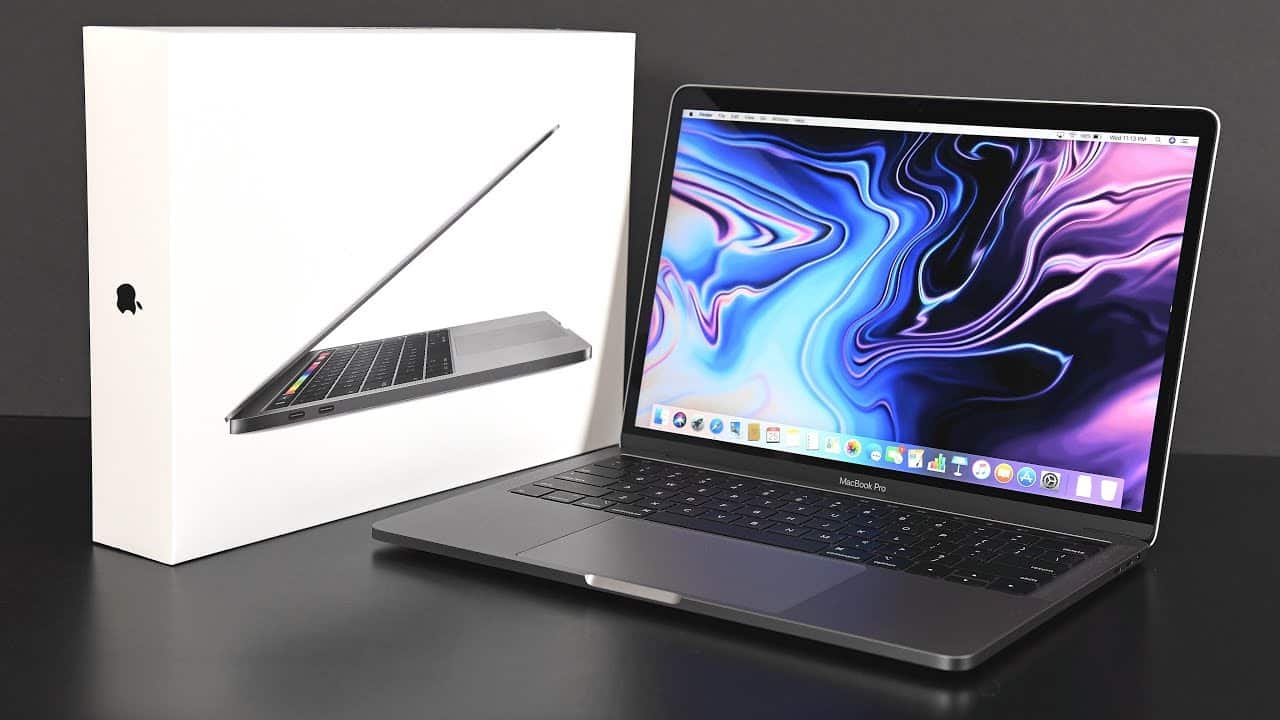Scam Warning And Winning Trick On TikTok Giveaway!
Scam Warning And Winning Trick On TikTok Giveaway! – Since TikTok rode its wave to popularity, people are head over heels to join whatever it has trending on the platform. Among many is the TikTok Giveaways, which people start to share and join from left and right. With how fast the platform grows, it is given and unavoidable… Read More »







